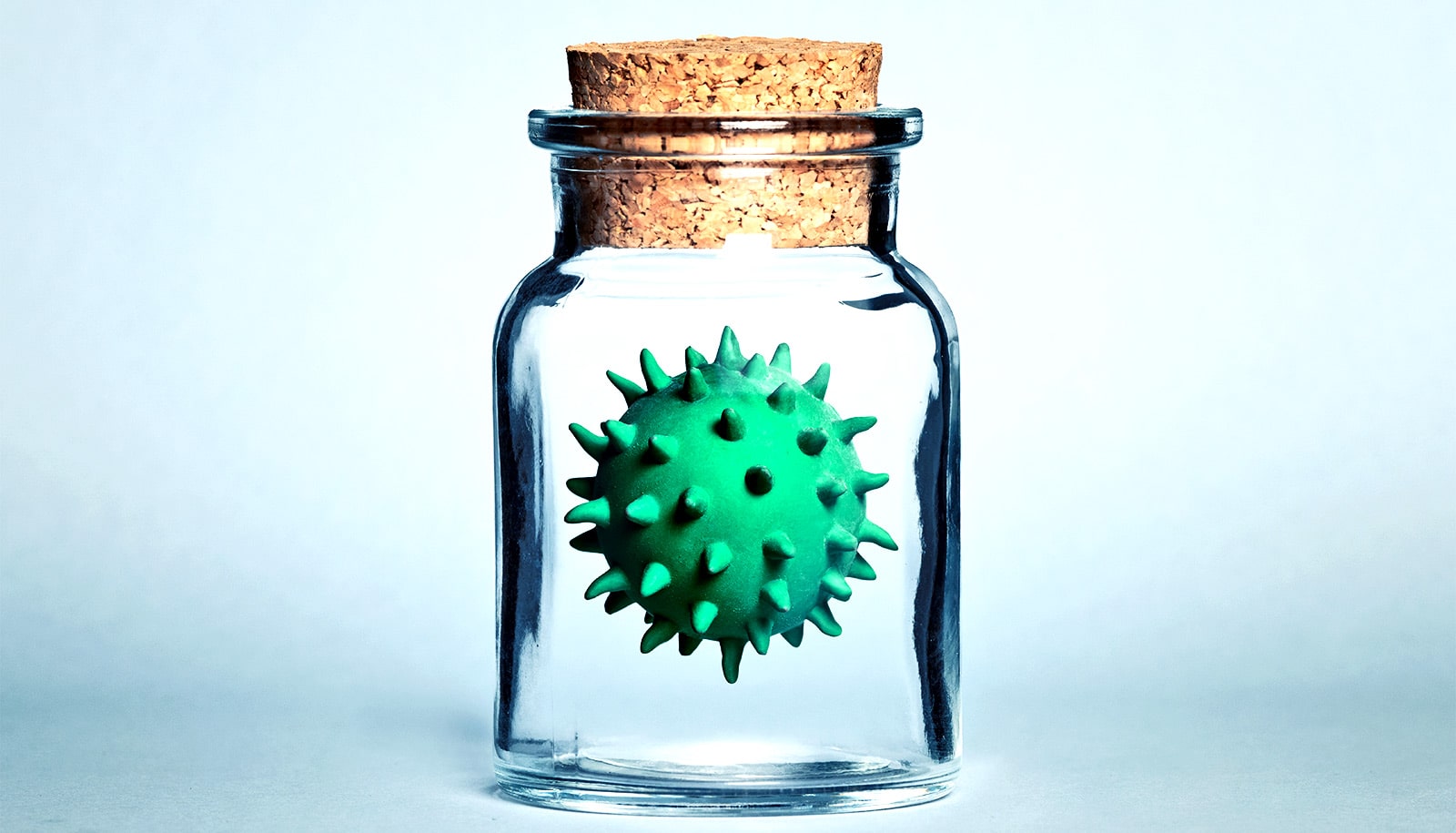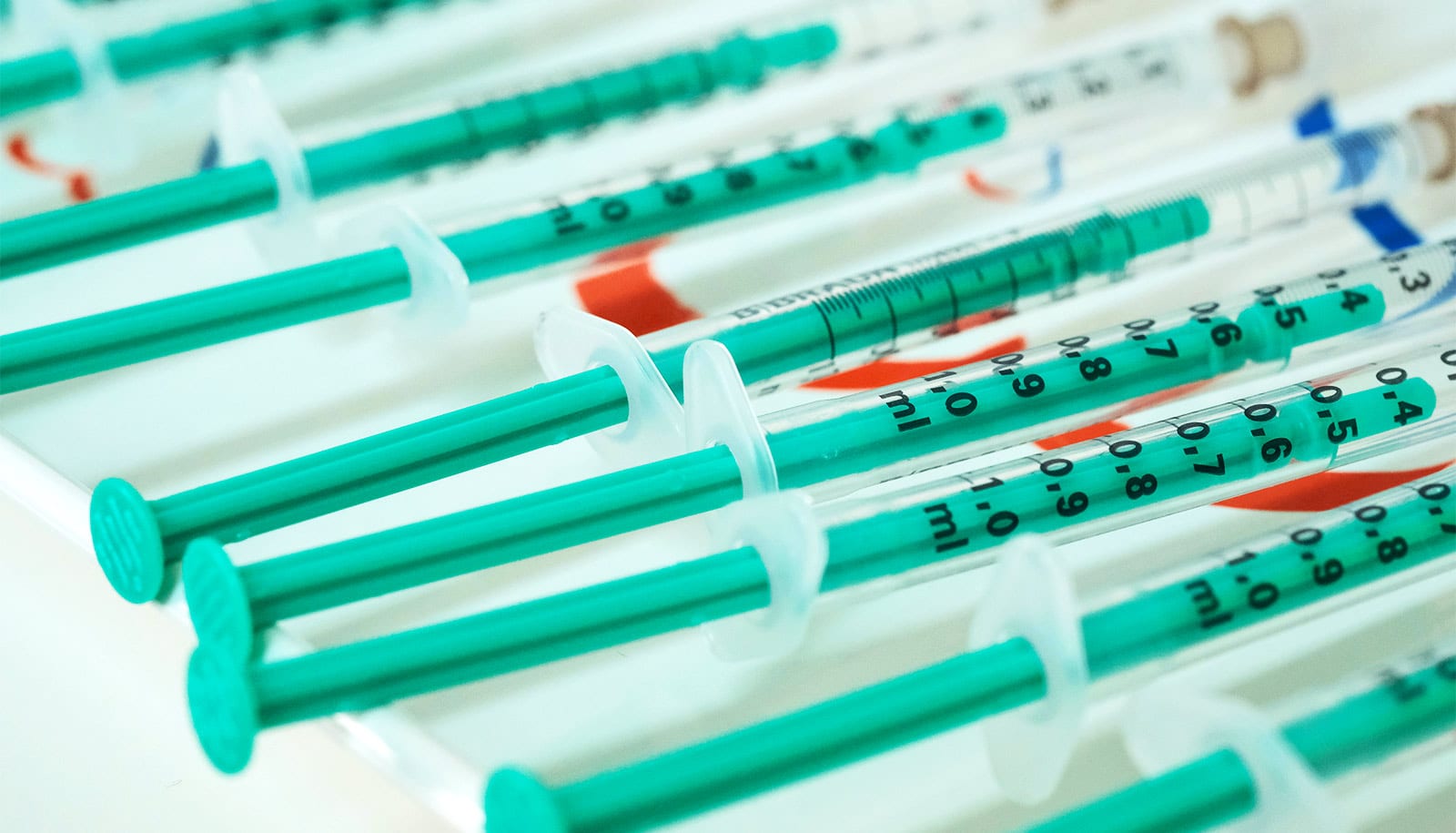New research brings into focus the most complete picture yet of how antibodies produced in people who effectively fight off SARS-CoV-2 work to neutralize the part of the virus responsible for causing infection.
Researchers say the finding represents good news for designing the next generation of vaccines to protect against variants of the virus or future emerging coronaviruses.
“There’s an evolutionary arms race going on between the virus and our immune systems.”
Previous research focused on one group of antibodies that target the most obvious part of the coronavirus’s spike protein, called the receptor-binding domain (RBD). Because the RBD is the part of the spike that attaches directly to human cells and enables the virus to infect them, researchers rightly assumed it to be a primary target of the immune system.
But, testing blood plasma samples from four people who recovered from SARS-CoV-2 infections, the researchers found that most of the antibodies circulating in the blood—on average, about 84%—target areas of the viral spike protein outside the RBD—and, apparently, for good reason.
“We found these antibodies are painting the entire spike, both the arc and the stalk of the spike protein, which looks a bit like an umbrella,” says co-corresponding author Greg Ippolito, a research associate professor in the molecular biosciences department at the University of Texas at Austin and an assistant professor of oncology at UT Austin’s Dell Medical School. “The immune system sees the entire spike and tries to neutralize it.”
SARS-CoV-2 variants
Many of the non-RBD-directed antibodies the team identified act as a potent weapon against the virus by targeting a region in a part of the spike protein located in what would be the umbrella’s canopy called the N-terminal domain (NTD). These antibodies neutralize the virus in cell cultures and were shown to prevent a lethal mouse-adapted version of the virus from infecting mice.
The NTD is also a part of the viral spike protein that mutates frequently, especially in several variants of concern. This suggests that one reason these variants are so effective at evading our immune systems is that they can mutate around one of the most common and potent types of antibody in our arsenals.
“There’s an evolutionary arms race going on between the virus and our immune systems,” says Jason Lavinder, research associate in the chemical engineering department and co-corresponding author of the study.
“We’re all developing a standard immune response to this virus that includes targeting this one spot and that’s exerting selective pressure on the virus. But then the virus is also exerting its evolutionary strength by trying to change around our selective immune pressures.”
Immune system advantage
Despite these SARS-CoV-2 maneuvers, the researchers say about 40% of the circulating antibodies target the stalk of the spike protein, called the S2 subunit, which is also a part that the virus does not seem able to change easily.
“That’s reassuring,” Ippolito says. “That’s an advantage our immune system has. It also means our current vaccines are eliciting antibodies targeting that S2 subunit, which are likely providing another layer of protection against the virus.”
That’s also good news for designing vaccine boosters or next-generation vaccines against variants of concern, and even for developing a vaccine that can protect against future pandemics from other strains of the coronavirus.
“It means we have a strong rationale for developing next-generation SARS-CoV-2 vaccines or even a pan-coronavirus vaccine that targets every strain,” Ippolito says.
UT Austin researchers are among several in the world now aiming to develop a single coronavirus vaccine to fight infection from all coronaviruses, not just SARS-CoV-2.
The research appears in the journal Science.
Additional coauthors are from the University of North Carolina at Chapel Hill, the US Army Medical Research Institute of Infectious Diseases, the Centers for Disease Control and Prevention, and the University of Texas at Austin.
The National Institutes of Health, the Clayton Foundation, and the Welch Foundation funded the work.
Source: UT Austin



